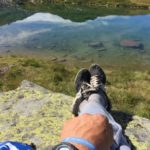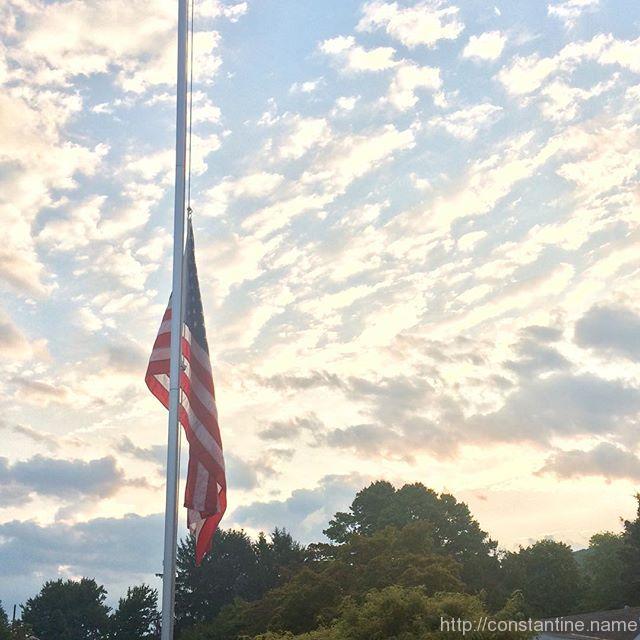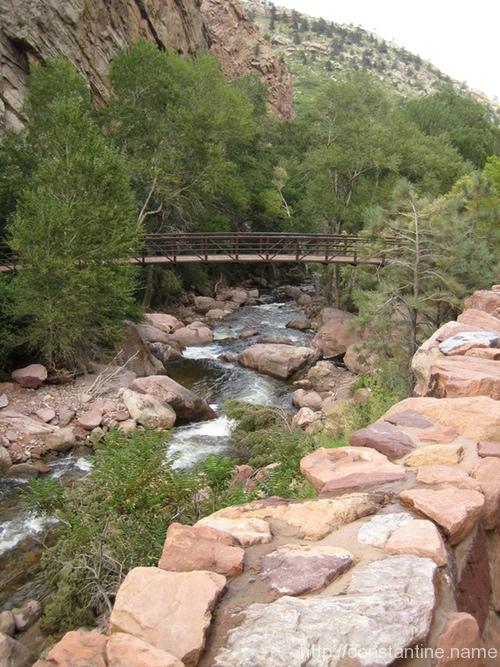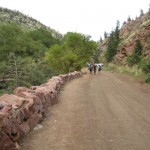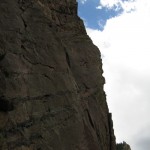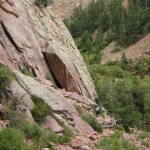If I identify the main feature of my personal growth—a task well worth your effort too—it is a shift in orientation. Where once I was primarily interested in changing the world (in the sense of carving my own path, creating a unique path; not trying to change the entire world) and changing others, I am now primarily interested in understanding the experiences of others. Where once I was focused on developing tools of reason and logic to understand reality, I am now free to build upon (not abandon!) those tools to use empathy and compassion to understand others. Certainly, this remains an aspirational work-in-progress, but it is work, in progress, none the less.
But what if the primary way in which we are unique, and one of the ultimate causes of our remarkable rational and linguistic capabilities, turns out to be the unique way in which we are emotionally drawn to one another and the world? What if humans have become so rational and linguistic because of the very special kind of social way we interact and emote? How might it change our way of understanding ourselves, our relationships with and responsibilities to one another, our fellow animals and our planet if we came to see the foundation of human uniqueness not in our capacity for reason, but in our capacity for empathy? If we realised that we are the very special animal we are because of our very special ways of caring for and about one another – a care that we project into the nonhuman world?
~ Hayden Kee from, Emotional synchrony is at the core of what it means to be human | Aeon Essays
slip:4uaeea21.
What if, indeed! I clearly see a trend in the sorts of things I read, the blogs I follow, the podcasts I listen to, the conversations I seek to create, and the movement opportunities I chase. How about you?
ɕ




